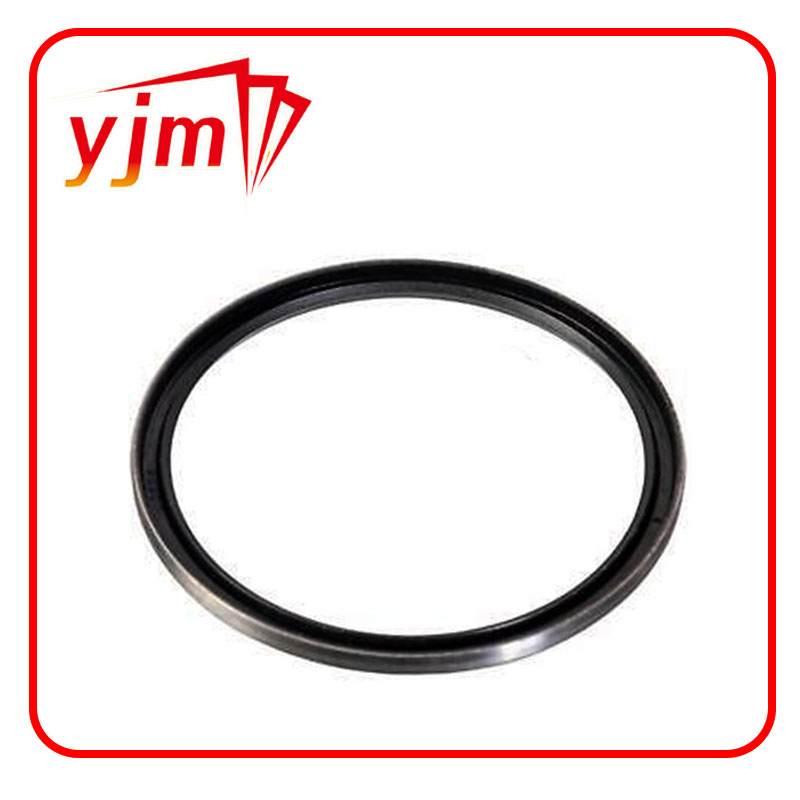Exploring the Importance of LS Sump Gaskets in Engine Performance and Maintenance Solutions
Understanding LS Sump Gaskets Importance and Selection
The LS engine, widely recognized for its performance and reliability, has become a favorite among automotive enthusiasts and builders. One critical component in the design of the LS engine is the sump gasket, which plays a vital role in maintaining the engine's integrity. The sump gasket, also known as the oil pan gasket, acts as a seal between the oil pan and the engine block, preventing oil leaks and ensuring optimal performance.
The Importance of the Sump Gasket
The primary function of the sump gasket is to create a tight seal that contains the oil within the oil pan. This is crucial because oil lubrication is essential for the smooth operation of the engine. If oil leaks occur due to a faulty or worn-out sump gasket, it can lead to several serious issues. First, an oil leak can significantly reduce the oil level, resulting in inadequate lubrication and increased friction between moving parts. This can lead to overheating, premature wear, and potentially catastrophic engine failure.
Additionally, the sump gasket contributes to the overall cleanliness of the engine bay. Oil leaks can create a messy environment, leading to dirt accumulation and potentially harming other engine components. For performance vehicles, maintaining a clean engine bay is not just about aesthetics; it can also help in the effective functioning of various systems and components that require a clean operational space.
Signs of a Worn-Out Sump Gasket
Recognizing the signs of a failing sump gasket is crucial for maintaining your LS engine. Common symptoms include oil stains under the vehicle, a low oil level, and oil spots on the engine. If you notice any of these signs, it's imperative to investigate the source and consider replacing the sump gasket. Ignoring these indications can lead to more severe problems and costly repairs down the line.
ls sump gasket

Selecting the Right Sump Gasket
When it comes to selecting a sump gasket for an LS engine, several options are available. The most commonly used materials for sump gaskets include cork, rubber, and silicone. Each material has its pros and cons. For instance, rubber gaskets are known for their durability and ability to withstand higher temperatures, making them a popular choice for performance applications. Silicone gaskets offer excellent sealing properties and flexibility, while cork gaskets, although traditional, may not provide the same level of longevity under extreme conditions.
It’s crucial to choose a gasket that not only fits your engine model but also aligns with your performance needs. If you're building a high-performance LS engine, opting for a high-quality silicone gasket can provide the extra security and reliability needed under stress. Moreover, always ensure that the mating surfaces are clean and free of debris to facilitate a proper seal during installation.
Maintenance Tips
To extend the life of your sump gasket, consider regularly checking your oil levels and inspecting for leaks during routine maintenance. Keeping an eye on these aspects can help you catch potential problems before they escalate. Additionally, using high-quality oil and changing it at recommended intervals can reduce the strain on the gasket and improve overall engine health.
Conclusion
The LS sump gasket is a small yet crucial component in the functionality and longevity of the engine. Understanding its role, recognizing the signs of wear, selecting the right gasket material, and maintaining it properly can all contribute to a well-performing engine. For anyone working with LS engines, investing time and resources into the sump gasket is a step toward ensuring a reliable and efficient vehicle. Whether you’re repairing an existing engine or building a new one, don’t overlook the importance of the sump gasket—it could make all the difference in your engine’s performance and lifespan.
-
The Ultimate Guide to Car Repair Kits: Tools and Essentials Every Driver Should Own
News Aug.01,2025
-
The Complete Guide to Oil Pan Gaskets: Sealing Engine Leaks the Right Way
News Aug.01,2025
-
Preventing Oil Leaks: A Complete Guide to Oil Pan Gaskets and Drain Seals
News Aug.01,2025
-
Everything You Need to Know About Oil Pan Gaskets and Drain Plug Seals
News Aug.01,2025
-
Essential for Car Owners: How to Use a Car Repair Kit to Deal with Minor Breakdown
News Aug.01,2025
-
Comprehensive Guide to Engine Oil Sump Gaskets and Related Seals
News Aug.01,2025
-
The Ultimate Guide to Boat Propeller Bearings and Trailer Wheel Bearings
News Jul.31,2025
Products categories















